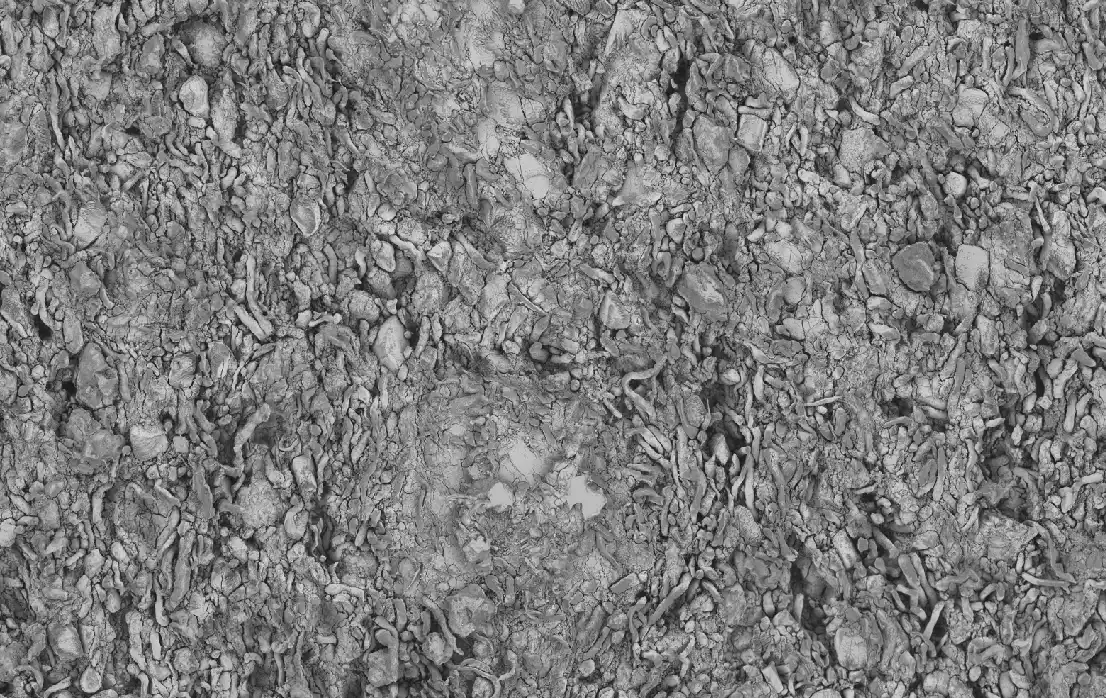digiM Receives FDA Contract to Study Microstructure Bioequivalence

digiM Solution LLC, a provider of microstructure characterization and optimization solutions and software, has received a contract from the Office of Generic Drugs of the U.S. Food and Drug Administration (FDA). The project will address the correlation of microstructures of complex long-acting drug products with their in vitro release characteristics, in order to establish understanding of Q3 microstructure bioequivalence and relevant CQAs driving drug release.
The study is a joint collaboration between with the laboratory of Prof. Diane J. Burgess at the University of Connecticut in Storrs, Connecticut.
Extended-release drug products are patient centric and offer important advantages when compared with more commonly used immediate-release formulations. These advantages include less dose frequency, improved drug efficacy, and decreased risk of adverse effects.
In vitro release testing of complex long-acting products is essential in furthering product development, batch manufacturing, in vitro/in vivo correlations, bioequivalence studies for generics, and determination of shelf-life; however, the complexity of these formulations makes typical in vitro characterization techniques both time and cost prohibitive.
With this joint effort, digiM will develop a framework for accelerated release evaluation using high-resolution microstructure imaging, image processing, and image-based release simulation of monolithic extended-release drug products, a representative delivery system with wide industrial popularity. The Burgess Laboratory will design and manufacture drug product samples, as well as conduct physical characterization and in vitro release testing independently to validate digiM’s model.
“The microstructures of controlled release dosage forms have great impact on active pharmaceutical ingredient release and are complex in nature. For example, a transport-controlling microporous system often has pore throats as small as a few tens of nanometers to ensure sustained release over weeks. Sophisticated understanding of the microstructures of the controlled release forms will enhance the predictability of in vitro/in vivo models. So far, there has been very limited investigation of the relationship between microstructures and active pharmaceutical ingredient release. The nature of these long-acting drugs has made bioequivalence studies very challenging in general. The unique synergy between the skill sets of digiM and UConn teams offer a great opportunity to establish a potentially efficient platform to facilitate development of generic long-acting drugs,” commented Dr. Yan Wang, Project Officer of the FDA.
“We are privileged to have the opportunity to work on this challenge,” added Dr. Shawn Zhang, Founder and CEO of digiM. “Through high resolution 3D micro-imaging, API domains and porosity can be visualized and quantified. digiM’s patent pending technology in combining drug microstructure with release profile prediction model has the potential to produce a release profile in a matter of hours, which will considerably accelerate the evaluation time of formulation and processing parameters in long acting drug development.”
Prof. Burgess further commented, “The study will determine the relationship between the drug microstructure (including microporosity) and in vitro release characteristics. The effect of manufacturing conditions on the release properties and physicochemical characteristics will also be examined. The project seeks to establish quantitative microstructure imaging analysis as a supplemental modeling tool to current in vitro approaches. Establishing their correlation and use of microstructure imaging may ultimately be a significant asset in developing alternative novel approaches for assessing bioequivalence.”
About digiM Solution LLC
digiM Solution LLC provides microstructure characterization and optimization solutions and software for clients in the pharmaceutical, materials, and petrochemical industries. The company’s solution platform is based on correlative, high-resolution three-dimensional imaging, artificial intelligence image analysis, and cloud image-based modeling to visualize, quantify, and predict properties from microstructure features. digiM develops and markets I2S, a cloud-based image processing and image data management software.
About the Dr. Diane Burgess Lab at UConn
Dr. Diane Burgess’ research efforts focus on drug delivery systems: microspheres, emulsions, liposomes, hydrogels, as well as interfacial chemistry and span the following areas: development of novel technologies; preformulation; materials science, formulation; stability assessment and prediction; transport; sterility assessment; biophysical assessment; cell culture and development of in vitro performance tests and in vitro/in vivo correlation. She is currently developing a miniaturized, implantable biosensor for metabolic monitoring, investigating and controlling tissue response to the implant. She is also developing continuous manufacturing platforms for complex parenteral drug products. Burgess’ research has attracted funding from government agencies (specifically the NIH, the United States Army, Telemedicine and Advanced Technology Research Center (TATRC), and Food and Drug Administration (FDA), pharmaceutical and related industries as well as research foundations such as Juvenile Diabetes Association (JDA) and the Center for Pharmaceutical Processing Research (CPPR).
The News Medical press release is available here.
Transform Your Program with Microstructure Science
Get started with a drug product digital twin.

















